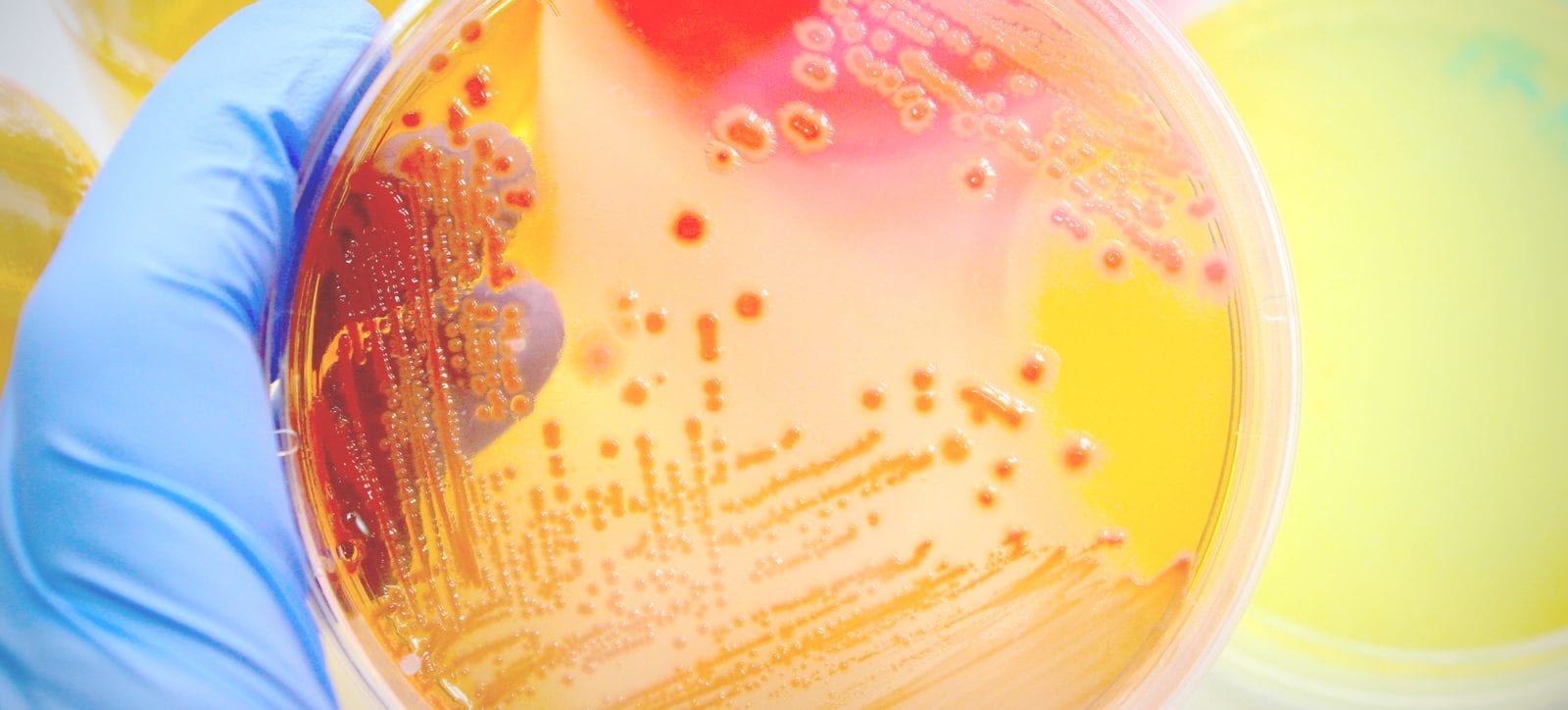The following is the transcript from an article published on the Harvard Medical School website, October 14, 2014 by Sue McGreevey.
“An innovative laboratory culture system has succeeded, for the first time, in reproducing the full course of events underlying the development of Alzheimer’s disease. Using the system they developed, Harvard Medical School investigators at Massachusetts General Hospital now provide the first clear evidence supporting the hypothesis that deposition of beta-amyloid plaques in the brain is the first step in a cascade leading to the devastating neurodegenerative disease. They also identify the essential role in that process of an enzyme, whose inhibition could be a therapeutic target.”
Their findings are published in Nature.
“Originally put forth in the mid-1980s, the amyloid hypothesis maintained that beta-amyloid deposits in the brain set off all subsequent events-the neurofibrillary tangles that choke the insides of neurons, neuronal cell death and inflammation leading to a vicious cycle of massive cell death,” said Rudolph Tanzi, Joseph P. and Rose F. Kennedy Professor of Child Neurology and Mental Retardation at Harvard Medical School and Massachusetts General Hospital. He is director of the hospital’s Genetics and Aging Research Unit and co-senior author of the paper. “One of the biggest questions since then has been whether beta-amyloid actually triggers the formation of the tangles that kill neurons. In this new system that we call “Alzheimer’s-in-a-dish,” we’ve been able to show for the first time that amyloid deposition is sufficient to lead to tangles and subsequent cell death.”


